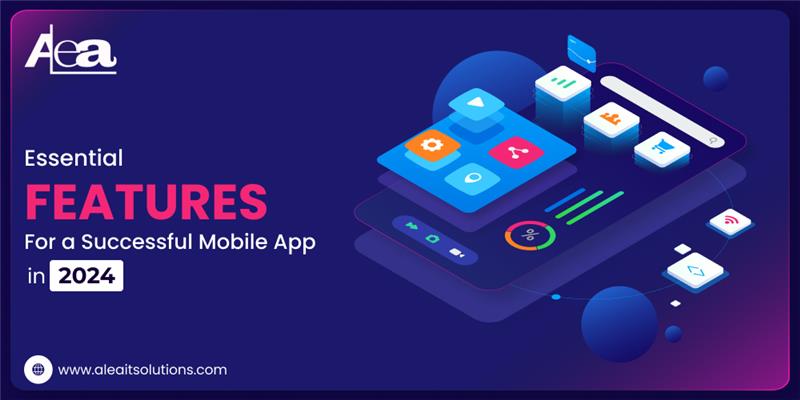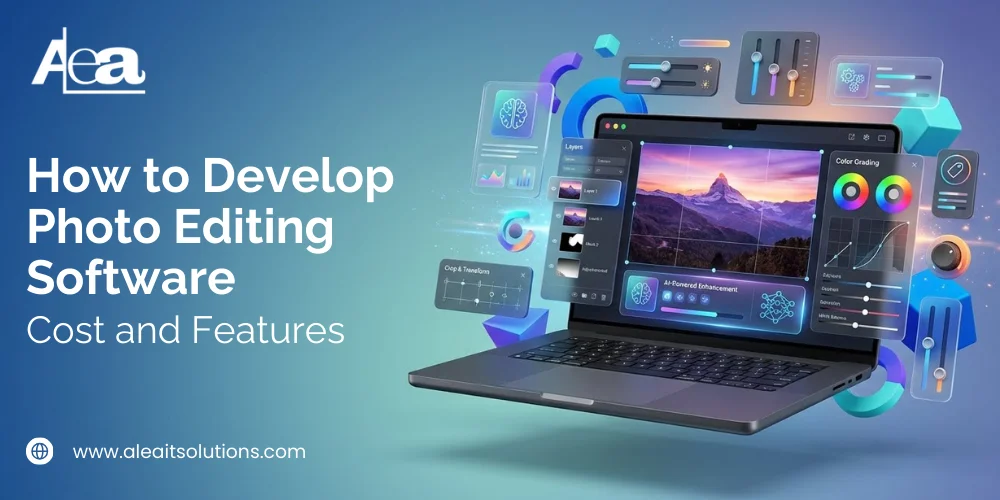As mobile technology develops, users have come to expect an easy, attractive and personal experience from apps that they use daily. In 2024, mobile apps are no longer just equipment; They are essential expansion of our lives, help us to work, communicate, shop and even manage our health. With so many options in the app market, it requires preference to the facilities required to create a successful app that meets user demands and maximize the engagement. It has facilities to ensure the success of your mobile app in 2024.
1. Personalized User Experience
Today’s users expect an analog experience that aligns with their preferences, behaviors and requirements. Privatization can be obtained through AI-managed analytics, specific suggestions, materials and updates can be offered to each user. Result? Increase in engagement and high retention rate.
- How to apply: Use data-managed AI models to make recommendations, individual material feed, or in-app notifications. Apply analytics tools to better understand and continuously improve the user’s behavior.
2. Seamless Integration with Wearable Devices
Wearable devices such as smartwatch and fitness trackers have become universal. These devices provide integrated apps with more associated experience to users, whether it is tracking fitness goals, managing health data, or coordinating information.
- Why this matters: By allowing data integration with wearables, your app can expand its functionality, attract more users, and remain relevant in a market where interconnected devices are growing.
3. Enhanced Security and Privacy
With an increase in data privacy concerns, strong safety features are more important than ever. Users want to feel safe, knowing that their data is safe and only accessible by authorized parties. Essential facilities should include compliance with encryption, multi-factor authentication (MFA) and privacy standards.
- Quick Tips: Ensure that your app complies with rules like GDPR and CCPA, applies MFA for sensitive data access, and keep user with regular safety audit to protect information.
4. In-App Payments and Wallet Integration
It is important to provide a safe and well-organized payment experience for any app associated with the transaction. In-app payments, mobile wallets, and even cryptocurrency are gaining popularity as they allow users to pay.
- Best Practice: Use safe payment gateway, support popular digital wallets, and apply one-click payment to a fast and safe user experience.
5. AI and Machine Learning-Driven Chatbots
The chatbots operated by AI and machine learning are changing how users interact with apps by providing 24/7 aid and rapid problem resolution. These increase the help experience by solving bot questions and providing immediate assistance within the app.
- Pro Tip: Invest in a chatbot with natural language processing capabilities to effectively understand and respond to user inquiry.
6. Cross-Platform Compatibility
Users use apps from various devices and operating systems, so cross-platform compatibility is necessary. By developing your app with a framework that supports iOS, Android and web browsers, you ensure an easy experience in all devices.
- Why this is important: Cross-platform apps reduce the cost of development and help you to reach large audience without compromising on quality.
7. Voice Search and Commands
With the increase in voice search technology and smart assistants, voice-enabled features have become a property for many apps. They provide a hand-free, convenient experience and are particularly useful for moving users.
- How to apply: Integrate voice recognition APIs such as Google or Apple, allowing users to take action within the app using simple voice commands or search within the app.
8. Push Notifications with Advanced Customization
Push notification is an effective way to keep users busy. However, for the user’s attention, it is necessary to adapt these notifications on time, relevant and non-guspath, with so many apps.
- Quick Tip: Allow users to set preferences for types of information that make your app more user-centered and attractive.
9. Offline Mode Access
Not all users have continuous internet access, so offering offline capabilities make your app more versatile. Offline mode allows users to connect to the Internet, reach the core functionalities without the need to increase the user and user satisfaction.
- Best Practice: Enable data synchronization so that users can see and edit offline and sync sink changes automatically when connected once again.
10. Social Media Integration
Social media integration allows users to share apps, achievements or progress on their social networks, providing more social and attractive experience. It also streamlines the login process, which may be important for user retention.
- How to use: Provide an option of one-tap social login and sharing, making it easier for users to connect with your network and expand the access of your app.
Why Choose AleaIT Solutions for Your Mobile App Development Needs?
In 2024, to develop a successful mobile app, specialization requires state-of-the-art technology, and focus on giving an extraordinary user experience. In Aleait Solutions, we specialize in creating scalable, feature-rich and safe mobile applications to suit your business needs. From integrating the AI-operated personalization to ensure strong security, Aleait Solutions brings extensive experience and industry insight to every project. To convert the idea of your app into a successful digital solution, it is a partner with us who stands in the competitive app landscape.




